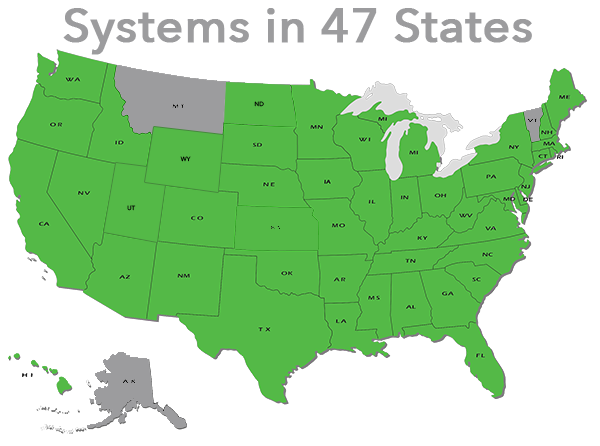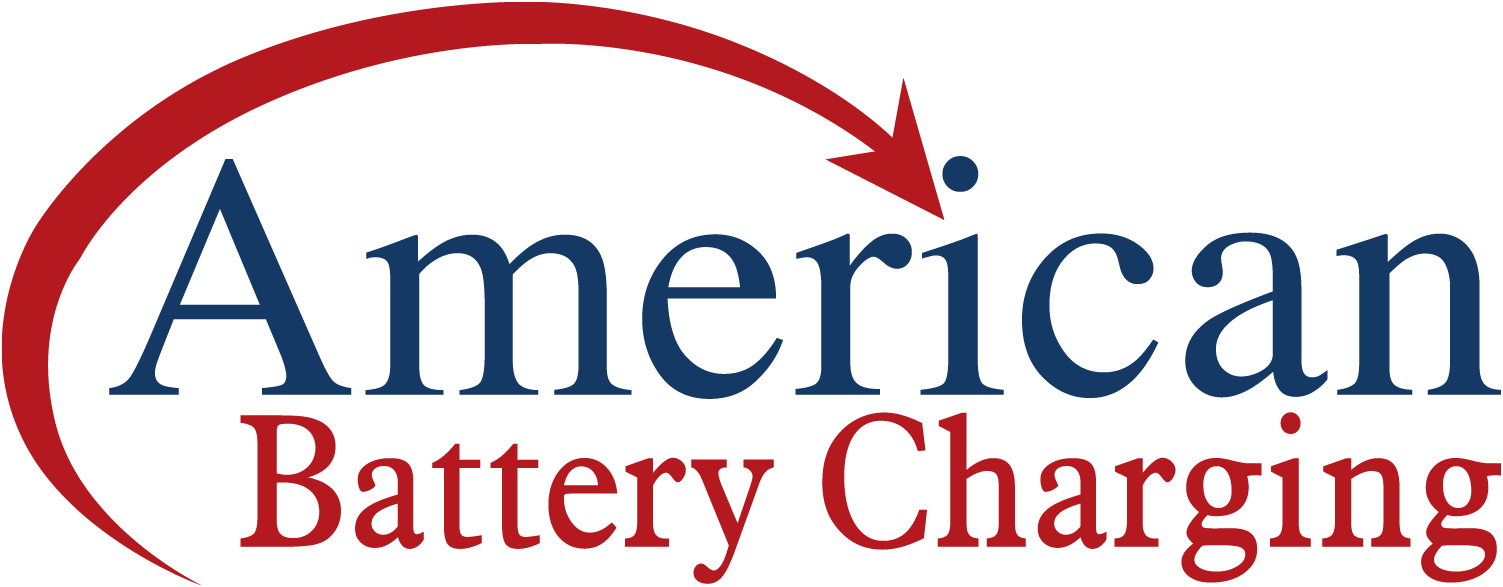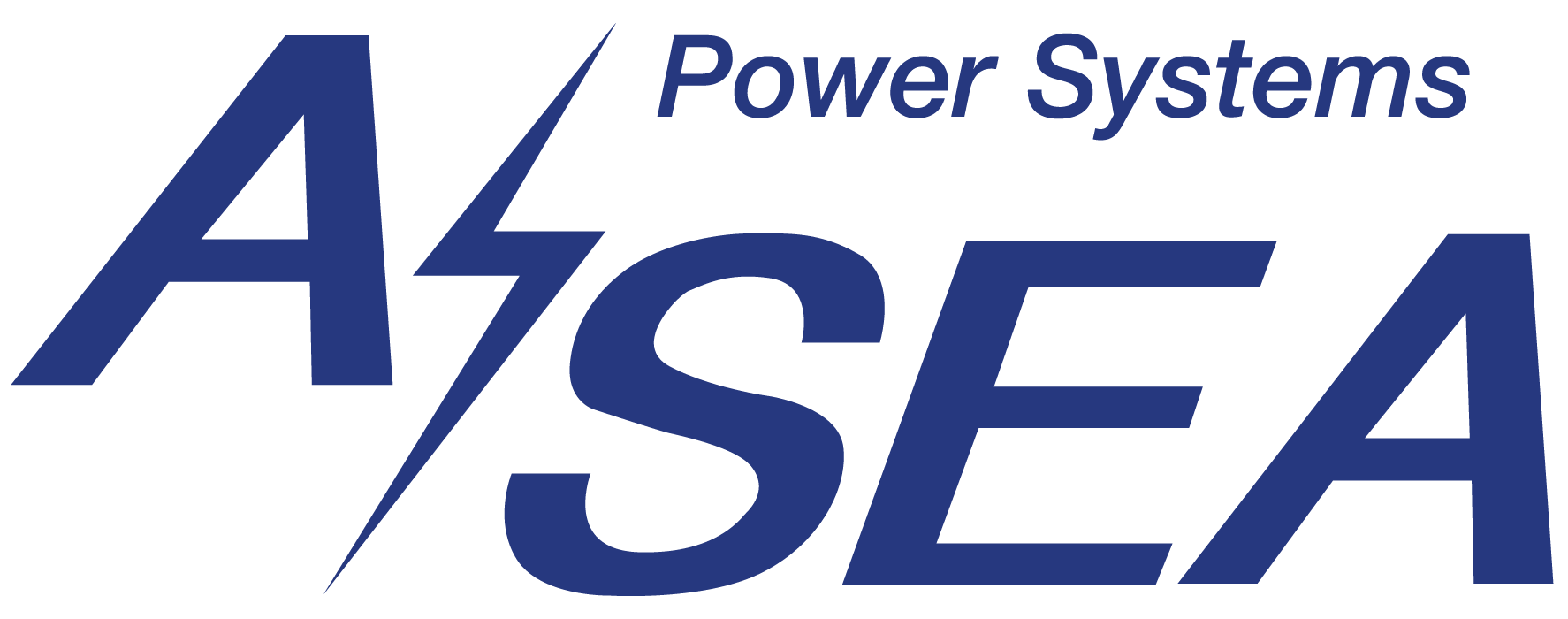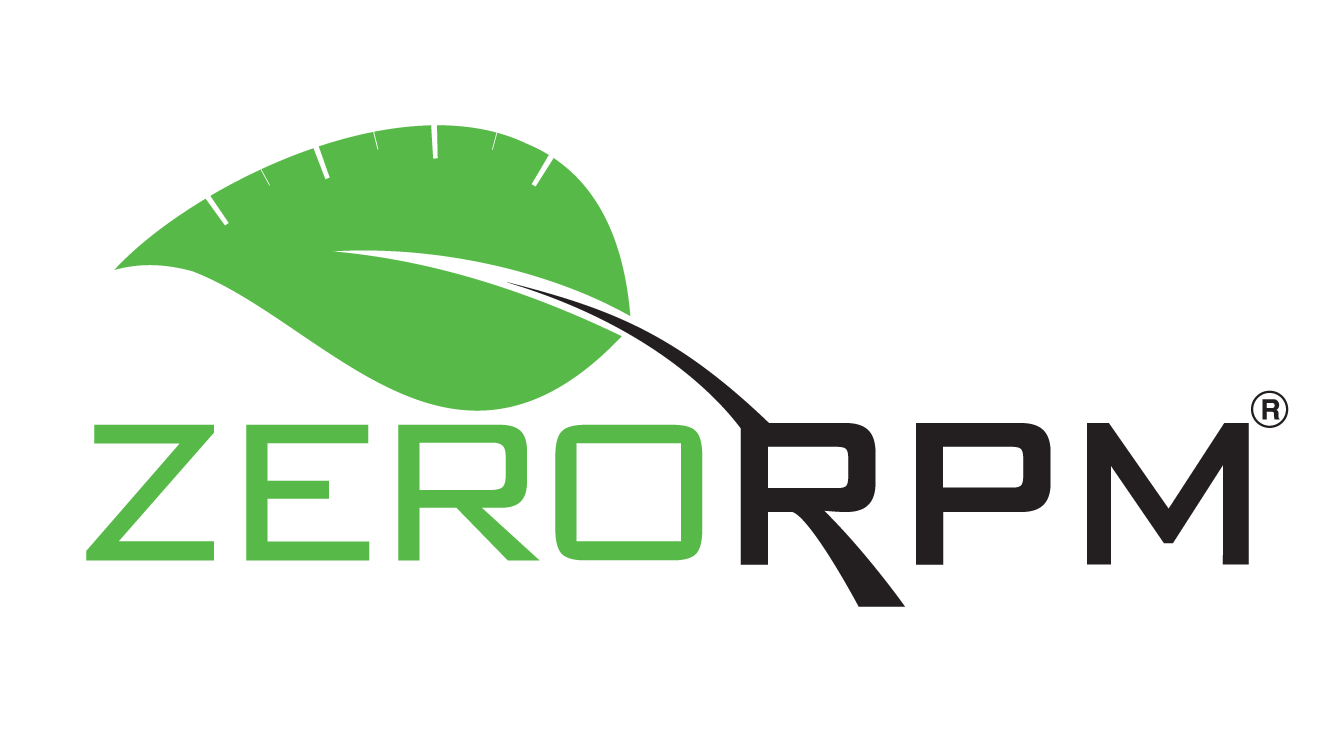U.S. coal exports have continued to decline from record volumes in 2012. During first-half 2014, coal exports totaled 52.3 MMst, 16% below the same period in 2013. Most of these exports go to countries in Europe and Asia. Export declines reflect both lower European demand for steam coal and increased steam coal supply from Australia and Indonesia. Metallurgical coal supply from Australia, Canada, and Russia has also increased. These factors have led to a cumulative decline of 9.0 MMst in coal exports to Europe and Asia during first-half 2014.
4105 Hits
4105 Hits





























